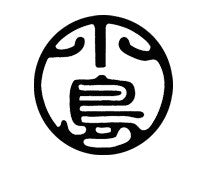

Bead-nucleation is the most common method of cultivating Tahitian pearls; therefore round symmetrical shapes are common. They appear in other desirable shapes such as “baroque” (out-of-round) which are quite lovely and the favorite of many pearl enthusiasts. “Semi-baroque” includes buttons, ovals, drops and all of their variations. (Due to its rarity, many pearl experts consider a perfect drop to be just as valuable as a perfect round.) Lastly, some Tahitian pearls have distinctive circular rings embedded around their center. For unknown reasons, these banded or "circle" pearls can be the most colorful. Tahitian black pearls that have been nucleated typically range in size from 7 to 18mm in diameter. Larger pearls exist but anything beyond 16mm is extremely rare. Tahitian pearls are known world-wide for the integrity of their nacre thickness; for many years the Tahitian government imposed a minimum thickness of .8mm on all pearls exported. Any pearl that did not meet this requirement was ground into fine powder.
We’ve partnered with Kamoka Pearl Farm to bring you the highest quality Tahitian black pearls.
The Kamoka Pearl Farm, located on the atoll of Ahe, 300 miles north east of Tahiti in the Tuamotu Archipelago. Kamoka has developed a reputation for growing pearls of superior quality, and also for their ecologically-responsible farming methods. All of the farm’s energy comes from wind and solar power. Virtually all nuclei are made of mother of pearl (MOP) donated by local oysters---a sound alternative to the common practice of using wild North American mussels, which have recently become endangered. Oyster nets are maintained in such a way as to create minimal disturbance to the surrounding underwater eco-system--- in fact, their methods have helped to increase the area’s fish population in recent years. Please enjoy a video about the farm.












